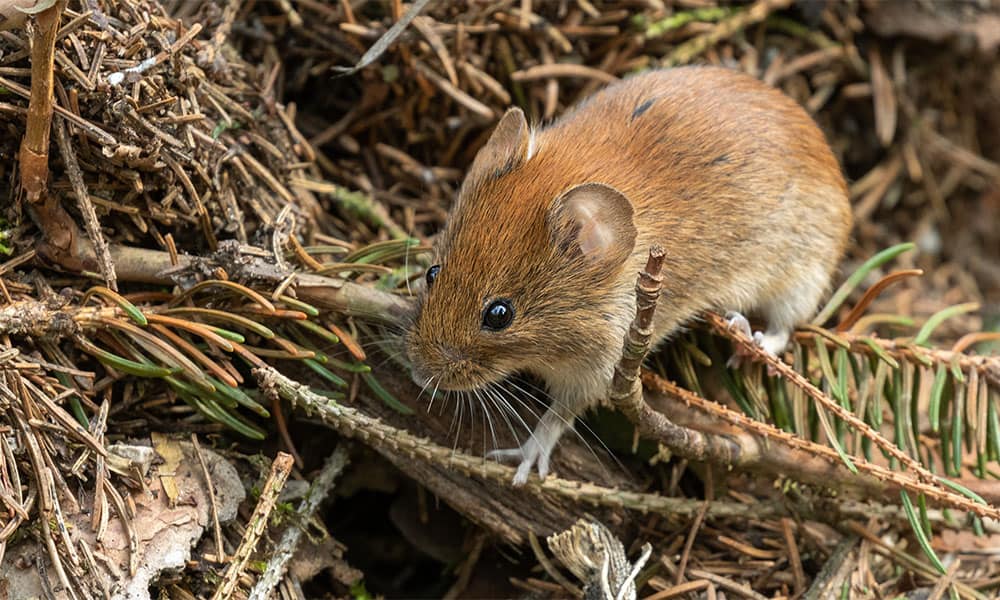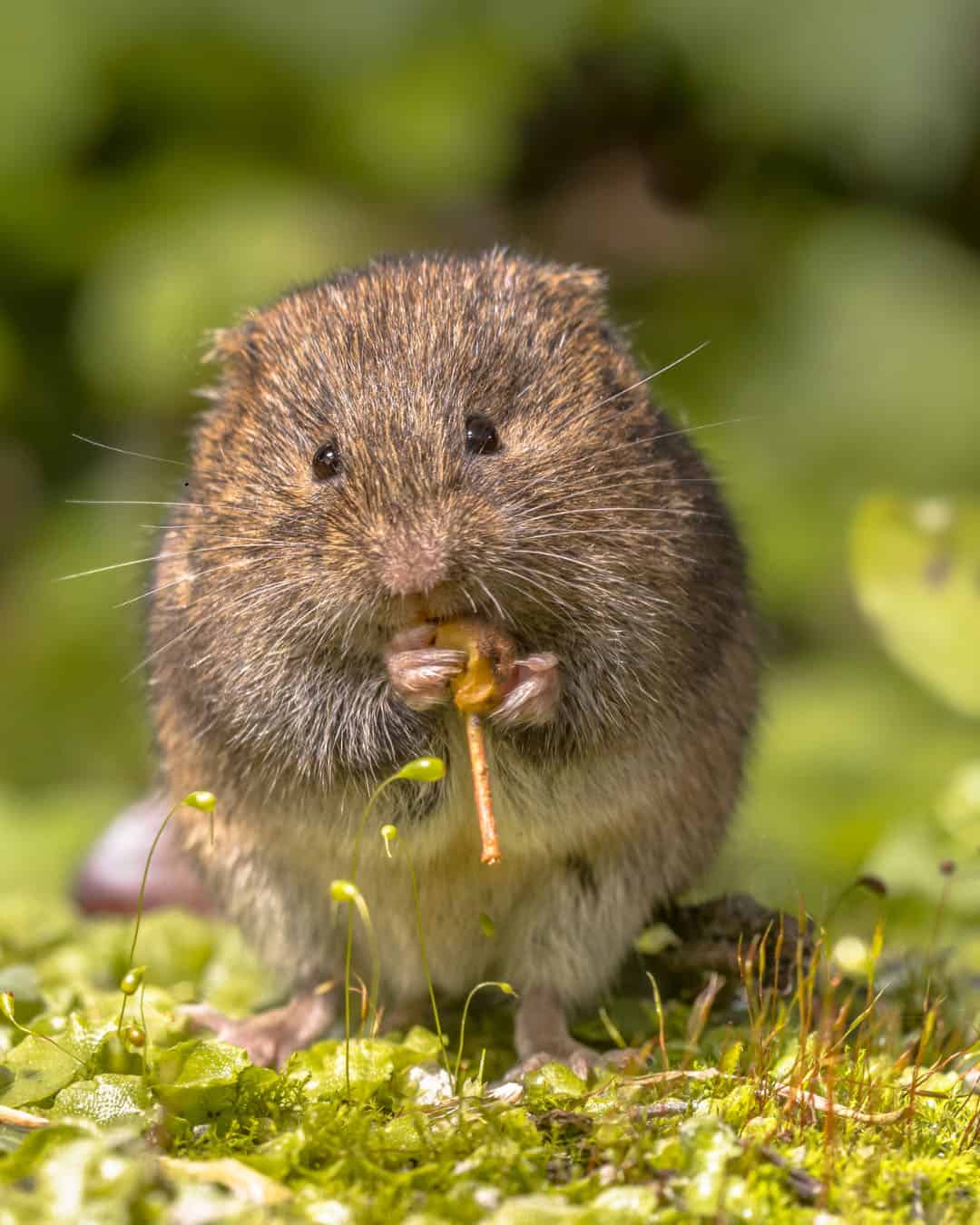Vole Facts & Information
Voles, also known as field mice, are small rodents known for their destructive burrowing and gnawing habits, particularly in gardens and landscapes. While they are often mistaken for mice or moles, voles have distinct behaviors that can lead to significant damage to lawns, crops, and ornamental plants.

Microtus
What You Need To Know About Voles
What do voles look like?
Voles are small, stocky rodents that typically measure 4 to 7 inches in length, with short tails, small ears, and blunt snouts. Their fur is usually brown or gray, and they resemble mice but with much shorter tails. Voles are sometimes referred to as “meadow mice” due to their similar appearance.
What do voles eat?
Voles are herbivores and primarily feed on grasses, roots, tubers, and bulbs. They also consume seeds, bark, and sometimes insects. In the winter, when vegetation is scarce, they will gnaw on tree bark and roots, which can cause significant damage to gardens and landscaping.
What sort of habitat do voles live in?
Voles thrive in grassy fields, meadows, forests, and gardens. They create shallow burrows and intricate tunnel systems just beneath the surface, which provide protection and access to food sources. Voles are most commonly found in areas with dense vegetation, where they can hide from predators.
How do voles commonly behave?
Voles are active year-round and are mostly diurnal, meaning they are active during the day. They are prolific breeders, with females capable of producing multiple litters annually. Voles tend to create extensive networks of runways and tunnels in the soil, which can result in visible damage to lawns and gardens. They are social animals and may live in colonies.
Did you know this about voles?
Voles can reproduce at an astonishing rate, with some species capable of having up to 100 offspring in a single year! Their populations tend to rise and fall in cycles, with “boom” years where their numbers explode, often leading to noticeable damage to crops and gardens. Despite their small size, voles play a significant role in ecosystems by serving as prey for a variety of predators, including owls, hawks, and foxes.
Understanding Vole Infestations
Understanding vole infestations is essential for effective control. Voles typically measure about 3 to 5 inches in length, with short tails, rounded bodies, and small ears partially hidden by their fur. These rodents create shallow, surface-level burrow systems and are most active during the day. Voles feed on a variety of plants, including grasses, bulbs, roots, and tree bark, making them a threat to gardens and agriculture. They can reproduce rapidly, leading to large infestations in a short period.

How Hearts Handles Vole Treatment
Hearts Pest Management employs an integrated pest management approach to handle Vole infestations.
Vole Inspection
Vole Treatment
Vole Prevention
Educational Resources

Think You Might Have a Vole Infestation?
At Hearts Pest Control, we understand the challenges associated with Vole infestations and are here to provide professional solutions tailored to your needs. Flourishing in warm and humid climates, they are prevalent in many regions, including San Diego County, Orange County, and Los Angeles County.